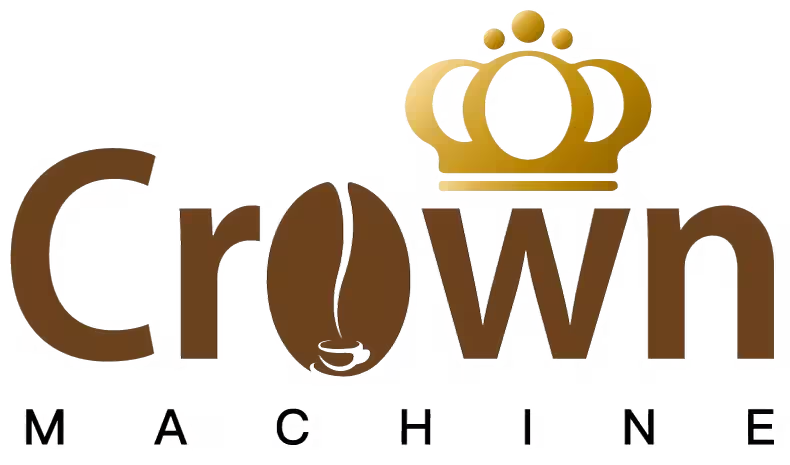Professional commercial direct-fire coffee roasters have unique applications in the coffee roasting field. Their features and key application points are as follows:
Unique flavor performance: The direct-fire roasting machine can endow coffee beans with a more intense burnt aroma and a distinctive flavor. During the roasting process, the flame directly contacts the coffee beans, and the heat energy penetrates from the outside to the core of the beans, resulting in a more thorough caramelization reaction. This is suitable for roasting needs that pursue specific flavor expression, such as some single-blend coffee beans or single-origin coffee beans. Roasting with direct fire can better showcase their flavor and aroma, and the coffee taste will be more mellow and fragrant.
The operation is rather difficult: Due to the perforated design on the boiler surface, the holes have certain sizes and intervals. The fire can directly reach the surface of the beans. Although the coffee beans can be heated evenly through the stirring drum, the heat control is not easy. It is easy to have uneven roasting, such as being cooked on the outside but not on the inside, or burning the surface of the beans. Moreover, the heat inside the boiler is not easy to adjust. Once the furnace fire provides the first heat at the bottom of the boiler, the heat energy will immediately dissipate from other holes, resulting in insufficient heat. However, if the temperature is raised to replenish heat, when the heat exceeds the tolerance of the amount of green beans put in, they will be burnt.
Sensitive to the environment: The external environment can affect direct fire baking, including indoor temperature, outdoor temperature, air circulation, weather conditions, ventilation, etc. For instance, during low-pressure weather, the opening of the air door should be more open than in high-pressure weather; otherwise, the silver skin will not be easily discharged, resulting in more smoke. If the smoke is not completely discharged, the taste and aroma of the coffee will be affected, and there will be a smoky smell.
The air damper needs to be finely adjusted: The direct-fire roaster regulates heat through the exhaust valve, and adjusting the air damper is a key step in operation. When adjusting the air damper, it is also necessary to consider whether the weather at that time is high pressure or low pressure. In addition, during the roasting process, the size of the air damper should be adjusted in a timely manner according to the state of the beans and the roasting stage to ensure the roasting effect.
Suitable for specific degrees of roasting: Direct-fire roasters perform differently at various degrees of roasting. When lightly roasted, more of the original flavor and aroma of coffee beans can be retained. When deeply roasted, it can produce a rich smoky aroma and a mellow taste. However, it is necessary to precisely control the roasting parameters based on the characteristics of the coffee beans and the required degree of roasting to achieve the desired roasting effect.


